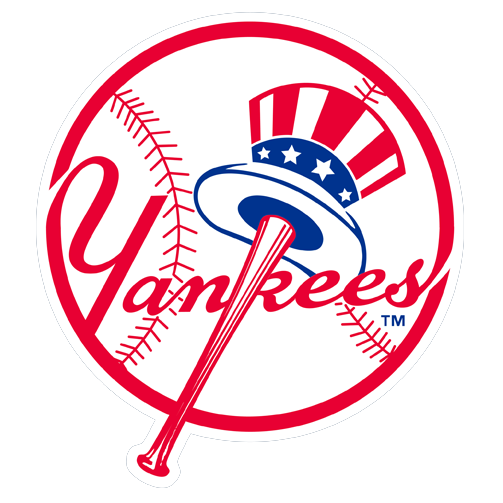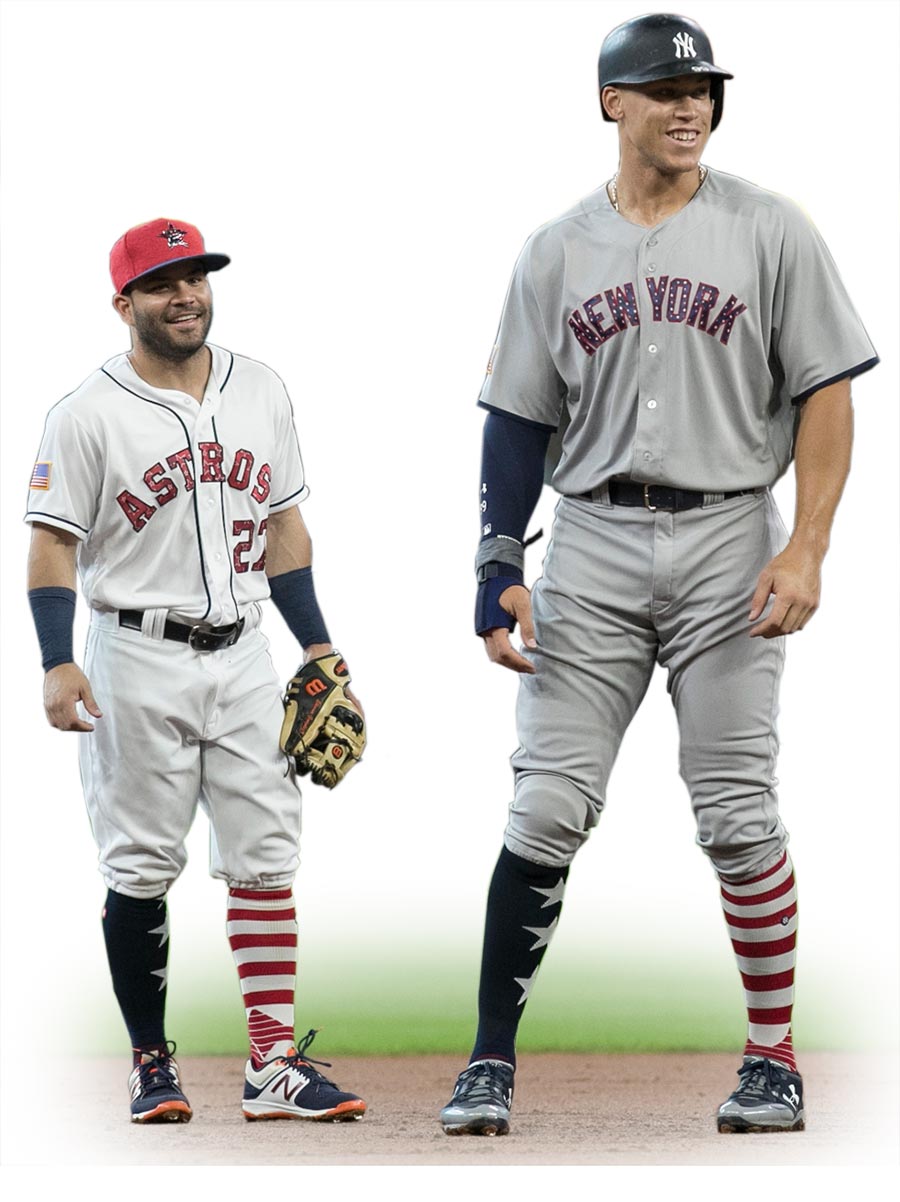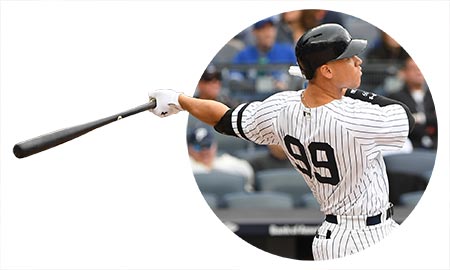The Yankees are the most storied franchise in sports, having won 27 World Series titles. But despite having won a title an average of every four years during their history, a strange trend has emerged in the last six decades.
Since 1958, the Yankees have not won a World Series with a Republican president in the White House.
During that stretch, they have won at least one championship almost every time a Democrat was president (the lone exception being Lyndon Johnson).
Here’s a look at the strangely coincidental run the Yankees and the White House have had over the past 60 years:
Republican Donald Trump (2017-present)

0 championships so far. Last year, the Yankees lost a dramatic seven-game American League Championship Series to the eventual World Champions, the Houston Astros. This year, the Yankees beat the Oakland Athletics in the Wild Card round before losing to the Boston Red Sox in four games in the American League Division Series.
Democrat Barack Obama (2009-2017)
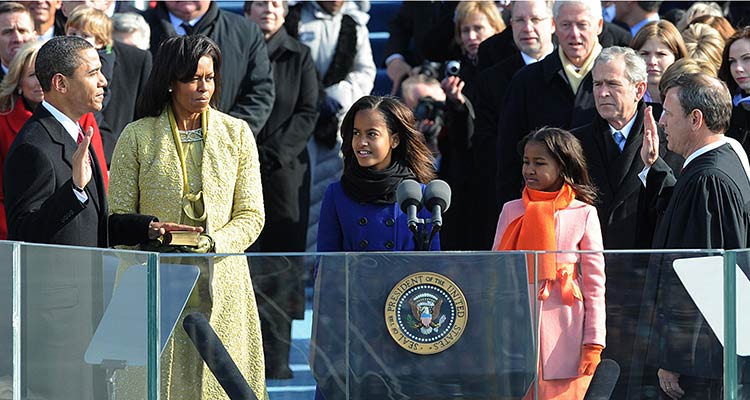
1 championship. The Yankees won the World Series in 2009. It was the only World Series the Yankees played in during Obama’s presidency.
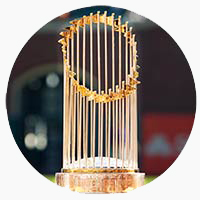
Republican George W. Bush (2001-09)

0 championships. The Yankees lost to the Arizona Diamondbacks in the 2001 World Series and to the Florida Marlins in 2003.
Democrat Bill Clinton (1993-2001)

4 championships. The Yankees beat the Atlanta Braves in the 1996 World Series, then the San Diego Padres in 1998, the Braves again in 1999 and the Mets in 2000.




Republican George H.W. Bush (1989-1993)

0 championships. The Yankees did not reach the playoffs in any of these seasons.
Republican Ronald Reagan (1981-1989)

0 championships. The Yankees lost the 1981 World Series to the Los Angeles Dodgers.
Democrat Jimmy Carter (1977-1981)

2 championships. The Yankees won back-to-back World Series, beating the Dodgers in both 1977 and 1978.


Republican Gerald Ford (1974-1977)
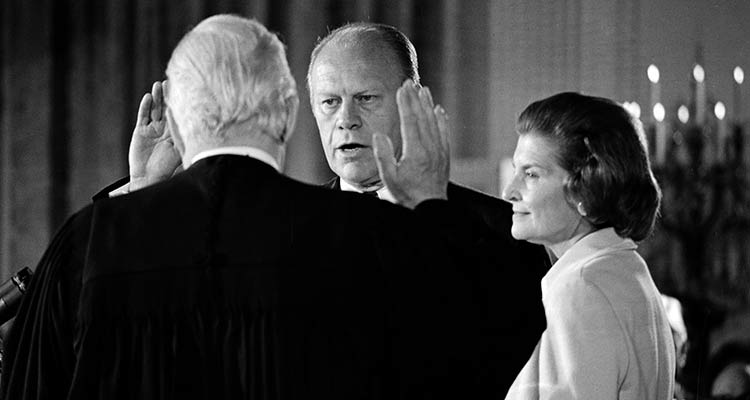
0 championships. The Yankees lost the 1976 World Series to the Cincinnati Reds.
Republican Richard Nixon (1969-1974)
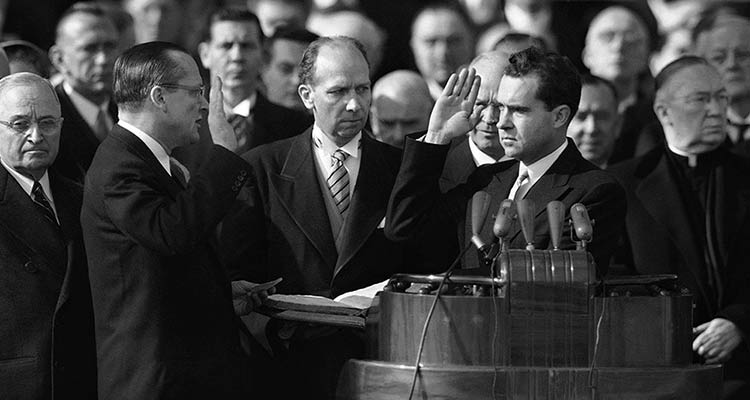
0 championships. The Yankees did not reach the World Series in any of these seasons.
Democrat Lyndon B. Johnson (1963-1969)

0 championships. The Yankees lost the World Series in 1963 to the Dodgers and in 1964 to the Cardinals.
Democrat John F. Kennedy (1961-1963)

2 championships. The Yankees beat the Cincinnati Reds in the 1961 World Series and the San Francisco Giants in the 1962 World Series.


Republican Dwight Eisenhower (1953-1961)
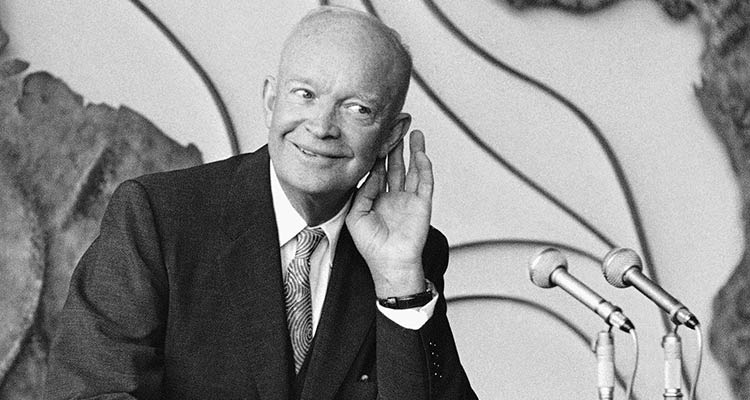
3 championships. The Yanks won the World Series in 1953 to cap off a run of five straight titles. They won again in 1956 and 1958. The Yankees also lost three World Series in this span, 1955, 1957 and 1960.




